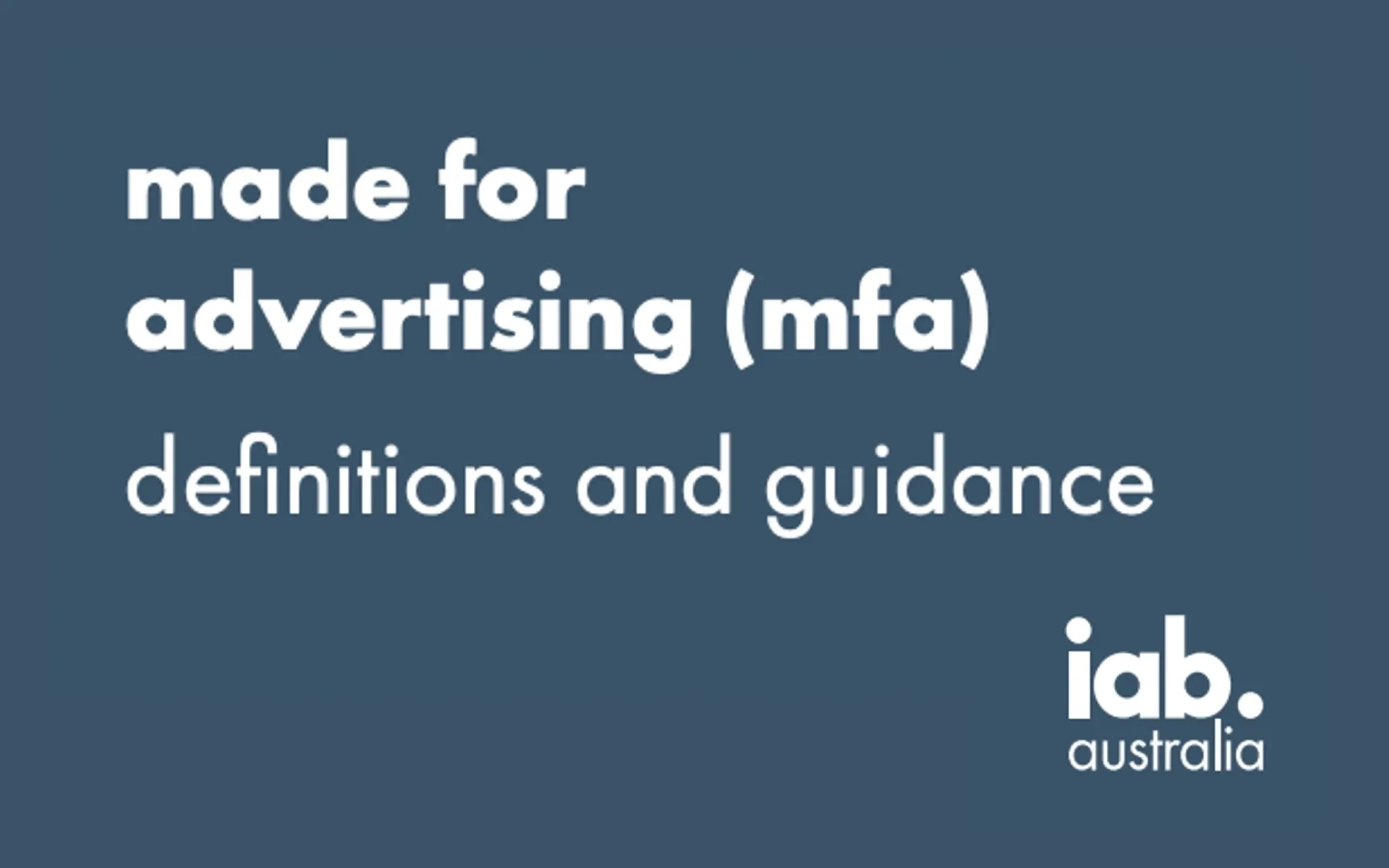MFA Sites: Understanding the problem and protecting your ad spend
These websites prioritize ad revenue over user experience, often employing low-quality content and intrusive advertising tactics.

The Interactive Advertising Bureau (IAB) Australia released a guide to define and address a longstanding issue in digital advertising: Made-for-Advertising (MFA) sites. These websites prioritize ad revenue over user experience, often employing low-quality content and intrusive advertising tactics.
Characteristics of MFA Sites
Low-quality content: MFA sites typically feature content that is automatically generated, irrelevant to user search queries, or duplicated across multiple websites.
High ad density: These websites bombard users with a high volume of ads relative to the content, often refreshing frequently and employing pop-ups and auto-play videos.
Clickbait headlines: MFA sites rely on sensational headlines designed to attract clicks, regardless of the content's accuracy or relevance.
Limited organic traffic: MFA sites primarily rely on paid advertising methods, such as social media ads, to drive traffic to their pages.
Impact of MFA Sites
Wasted ad spend: For advertisers, MFA sites represent a significant waste of investment. Users on these sites are typically not genuinely interested in the advertised products or services, leading to low conversion rates.
Brand reputation risk: Associations with low-quality content can damage a brand's reputation and erode consumer trust.
Poor user experience: MFA sites create a frustrating user experience with intrusive ads and irrelevant content, discouraging users from returning.
Sustainability concerns: The high number of ad requests generated by MFA sites contributes to increased carbon emissions.
This week: Ad Quality concerns rise as AI-Generated content drives surge in MFA sites.
IAB Australia recommendations for advertisers
The IAB Australia guide offers several recommendations to help advertisers avoid MFA sites and protect their ad spend:
- Utilize private marketplaces (PMPs): Partner with trusted sellers who prioritize quality content and sustainable practices.
- Implement supply path optimization (SPO): Reduce intermediaries and establish direct relationships with publishers.
- Refine targeting settings: Utilize exclusion lists, quality controls, and contextual targeting to avoid unwanted placements.
- Optimize delivery: Employ frequency capping to limit user exposure and monitor campaign performance.
- Analyze post-click data: Identify websites generating low-quality clicks and exclude them from future campaigns.
- Partner with verification vendors: Utilize services that can identify and block MFA sites at scale.
- Independently assess brand suitability: Determine your tolerance for MFA content and prioritize user experience.
- Combine domain-level analysis with real-time page insights: Gain a comprehensive understanding of ad quality and mitigate risks.
- Leverage industry standards: Utilize tools and resources developed by industry bodies to identify and avoid MFA publishers.
- Build allow lists with credible publishers: Complement exclusion lists with curated lists of trusted publishers using sellers.json files.
MFA sites pose a significant challenge for advertisers in the digital landscape. By understanding the characteristics of MFA sites and implementing the recommendations outlined by IAB Australia, advertisers can protect their investments and ensure their campaigns reach genuine audiences within high-quality environments.

